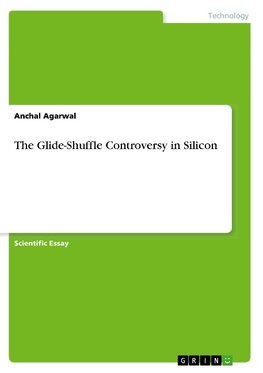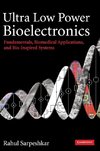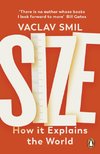
-
 Anglický jazyk
Anglický jazyk
The Glide-Shuffle Controversy in Silicon
Autor: Anchal Agarwal
Scientific Essay from the year 2017 in the subject Materials Science, grade: A, University of California, Santa Barbara, language: English, abstract: Dislocations in Silicon have been a subject to intense studies in the last several decades. It is not only... Viac o knihe
Na objednávku
9.27 €
bežná cena: 10.30 €
O knihe
Scientific Essay from the year 2017 in the subject Materials Science, grade: A, University of California, Santa Barbara, language: English, abstract: Dislocations in Silicon have been a subject to intense studies in the last several decades. It is not only an interesting subject by itself, but is also important for understanding generic dislocation behaviors in a wider class of materials. In the 1970s, researchers had concluded that glide sets can move more easily than shuffle sets via experiments and theoretical calculations. It became widely accepted then that plastic deformation occurs by the motion of partial dislocations in the glide planes of diamond or zinc blende structures. TEM images confirmed this solidarity by showing the motion of dislocations under stress. In 1998, some researchers working on InP found that at very low temperatures (77 K) and high hydrostatic pressure, non-dissociated dislocations move in shuffle planes. It was also subsequently shown that a shuffle-set dislocation has a lower Peierls stress than glide-set partial dislocation. Other calculations debunked older models such as the Peierls-Nabarro model and showed that shuffle set-dislocations always move faster than glide sets. It has since broiled into a highly debated issue with a number of papers supporting either side. This paper attempts to give an overview of most of the seminal papers written on this topic and some newer work.
- Vydavateľstvo: GRIN Verlag
- Rok vydania: 2018
- Formát: Paperback
- Rozmer: 210 x 148 mm
- Jazyk: Anglický jazyk
- ISBN: 9783668630079











 Nemecký jazyk
Nemecký jazyk 